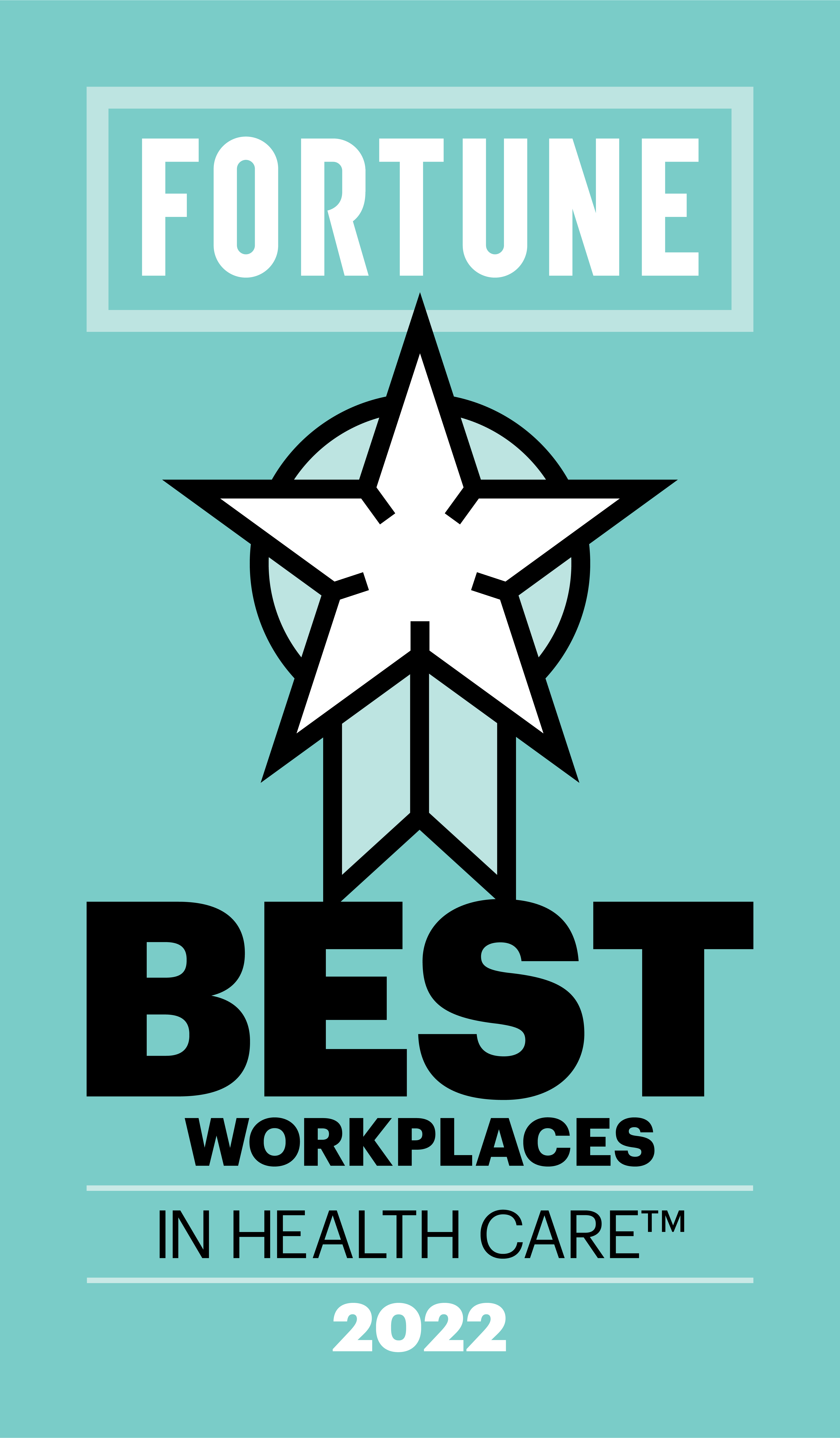Great Place to Work determines the list using our proprietary For All methodology to evaluate and certify thousands of organizations in America’s largest ongoing annual workforce study, based on over 1 million employee survey responses and data from companies representing more than 6.1 million employees, this year alone.
To determine the Best Workplaces in Health Care™ list, Great Place to Work analyzed the survey responses of over 161,000 employees from Great Place to Work-Certified™ companies in the health care industry.
Our survey enables employees to share confidential quantitative and qualitative feedback about their organization’s culture by responding to 60 statements on a 5-point scale and answering two open-ended questions. Collectively, these statements describe a great employee experience, defined by high levels of trust, respect, credibility, fairness, pride, and camaraderie. In addition, companies provide organizational data like size, location, industry, demographics, roles, and levels.
Great Place to Work measures the differences in survey responses across demographic groups and roles within each organization to assess both the quality and consistency of the employee experience. Statements are weighted according to their relevance in describing the most important aspects of an equitable workplace.
Survey data analysis and company-provided datapoints are then factored into a combined score to compare and rank the companies that create the most consistently positive experience for all employees in this industry, with companies appearing on Fortune’s 100 Best Companies to Work For ranking at the top of the list. Many companies survey every employee, even though workplaces with more than 5,000 employees can survey a random sample with a minimum of 5,000 invited. While company datapoints provide important context for rankings, only survey data can garner a list placement.
To be considered for the list, companies must be Great Place to Work-Certified™ and be in the health care industry. We require statistically significant survey results, review anomalies in responses, news, and financial performance, and investigate any employee reports of company incompliance with strict surveying rules to validate the integrity of the results and findings. Data is also normalized to compare companies fairly across sizes. Companies with 10 to 999 people are considered for the small and medium category; companies with 1,000 employees or more are considered for the large category.


















































































